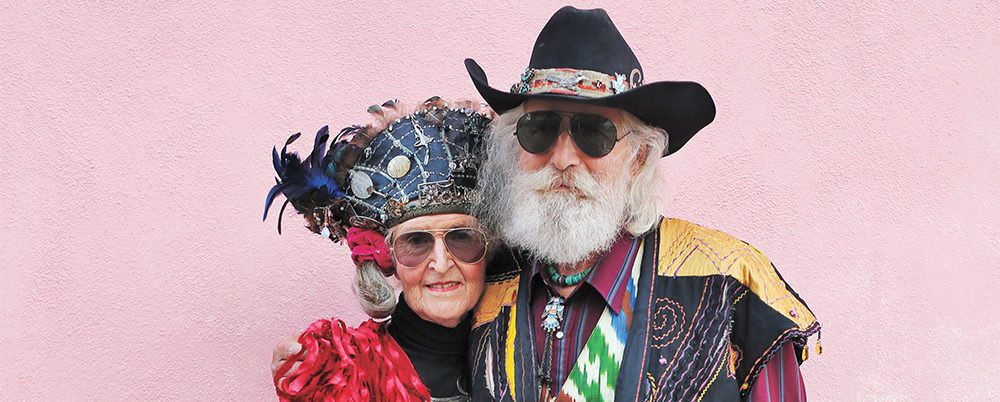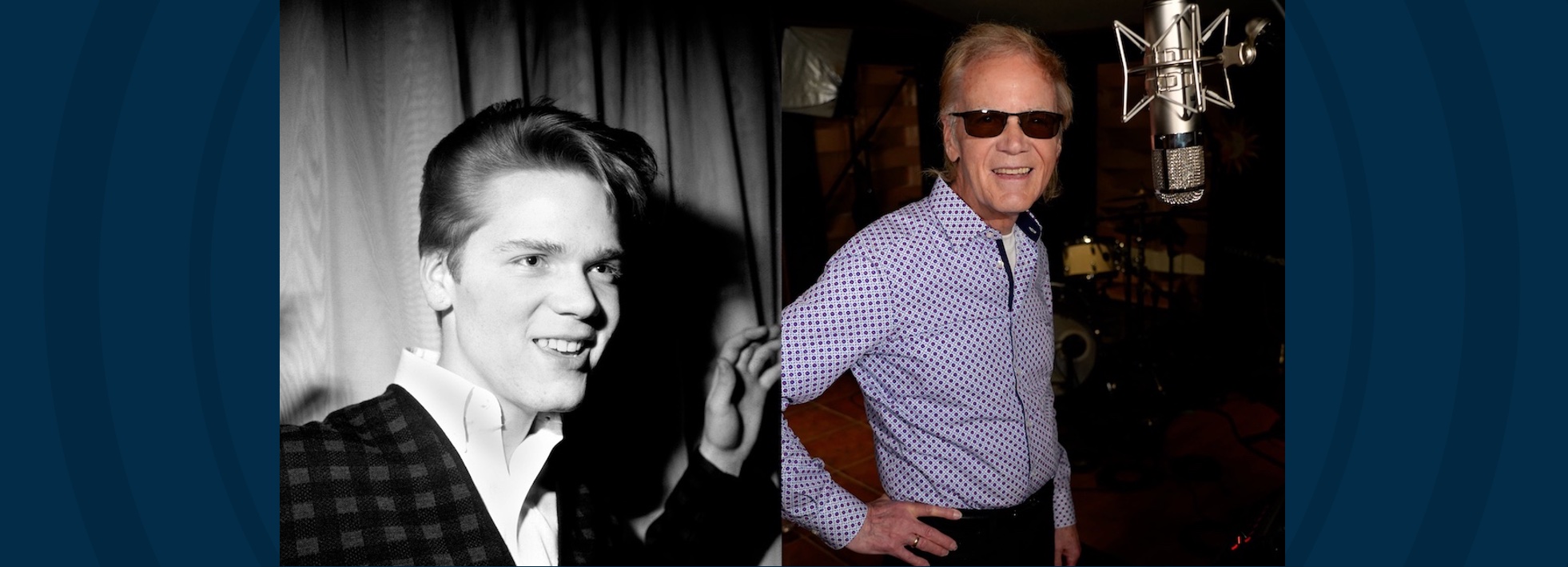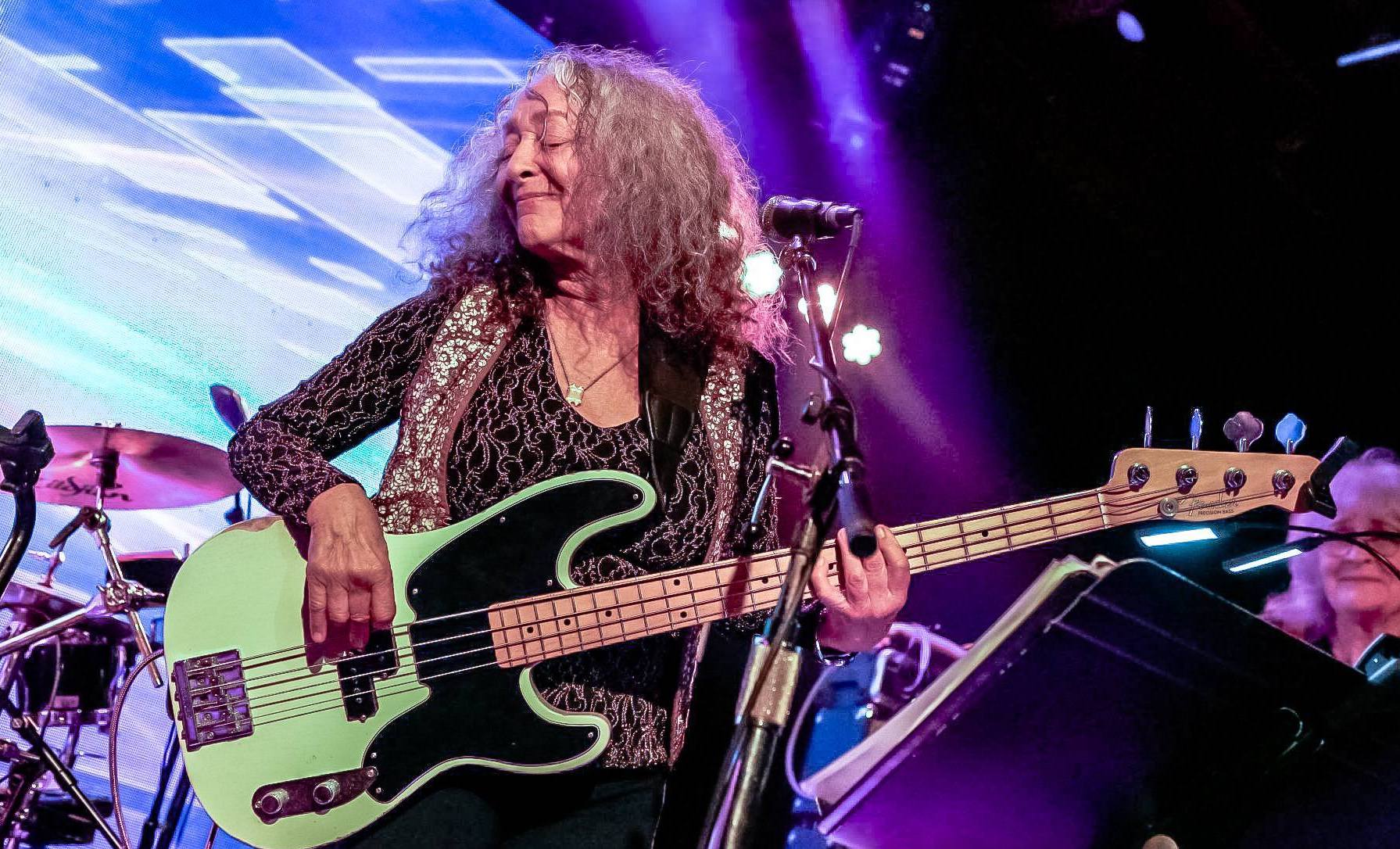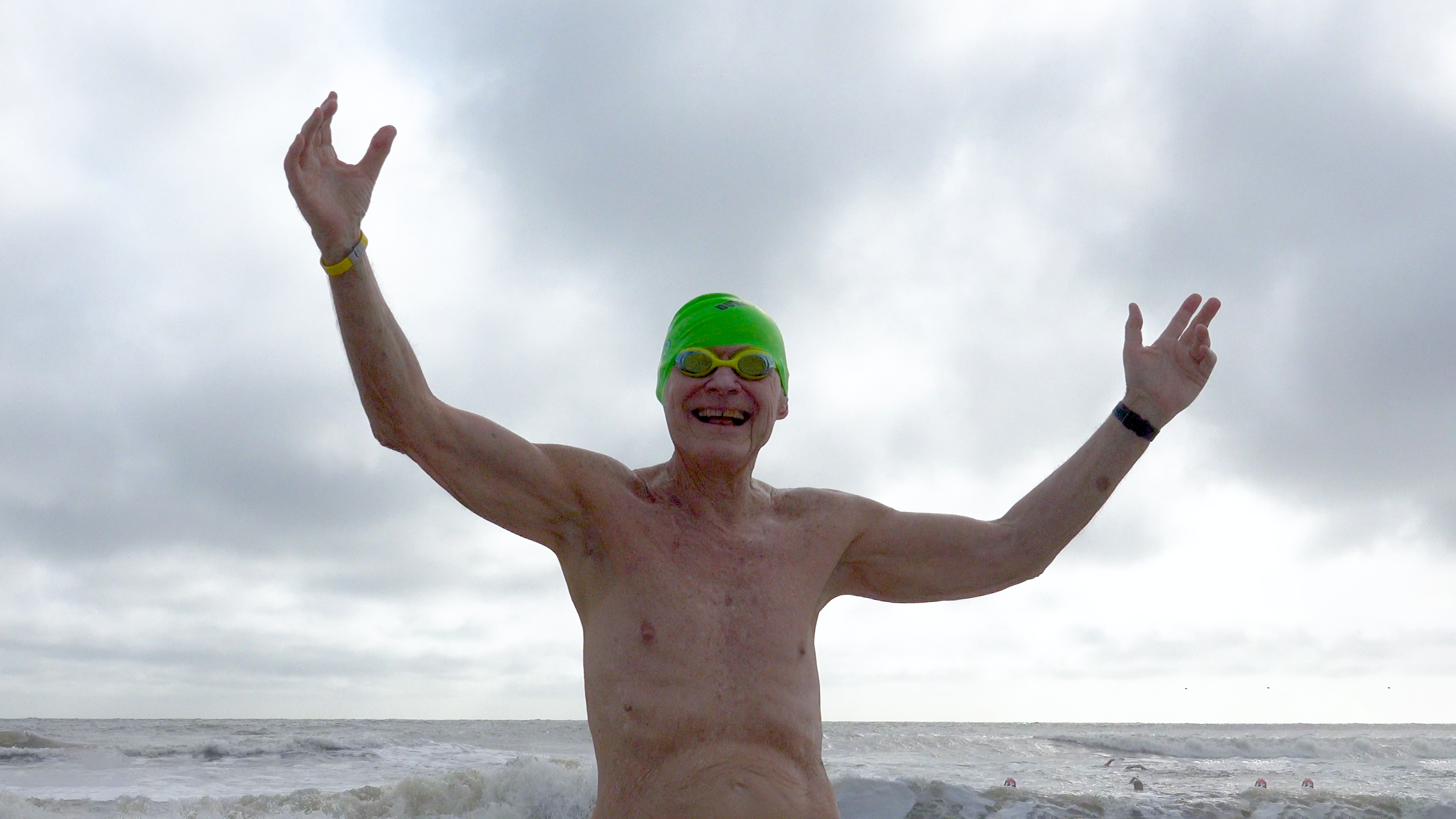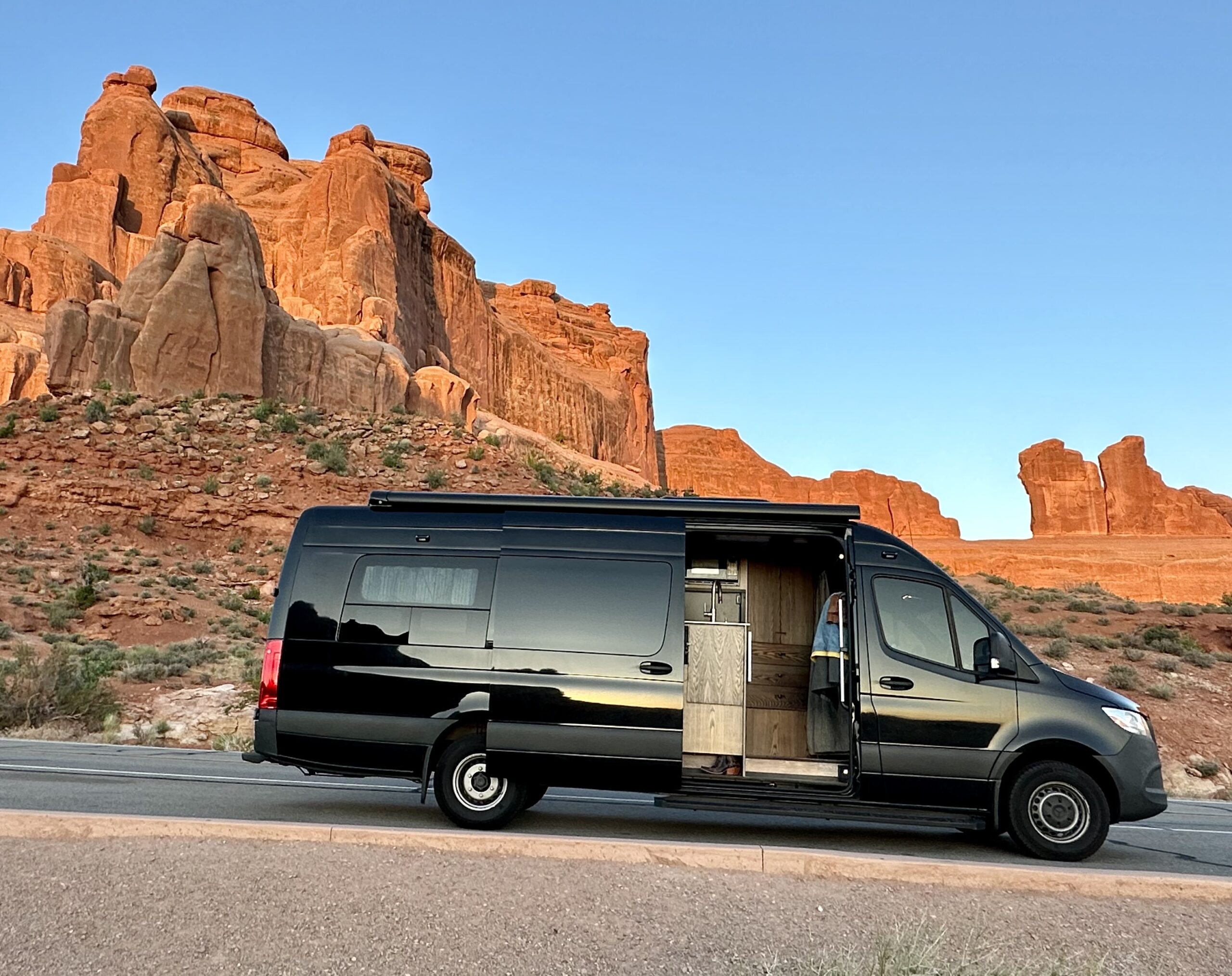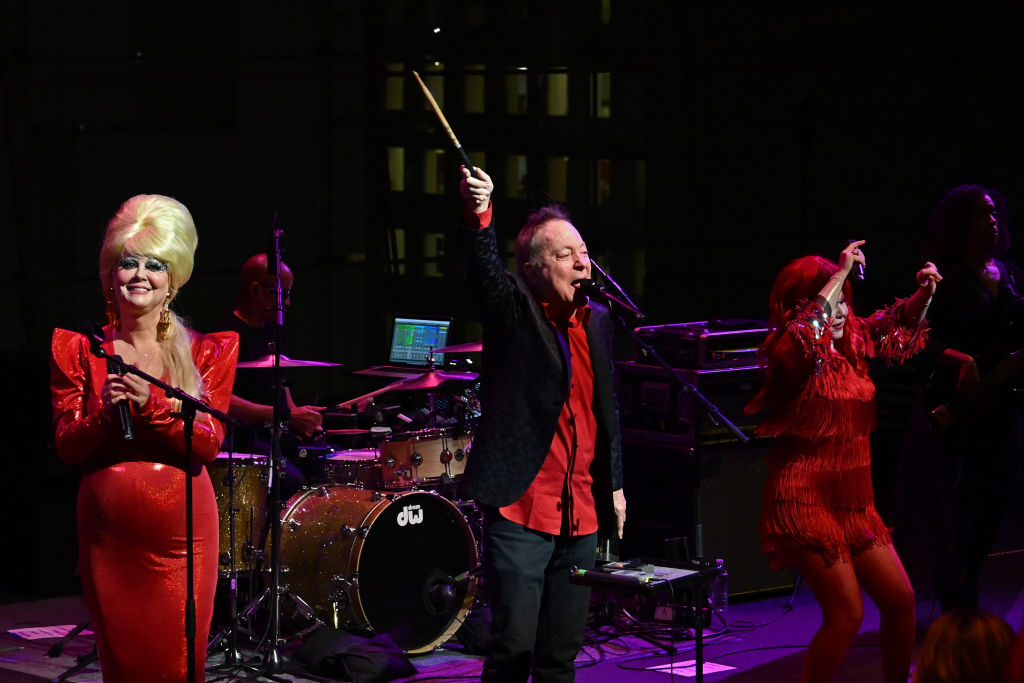It’s no secret that the fashion industry worships at the altar of youth. Even as executives, designers and magazine editors get older, the models, muses and celebrity spokespeople get younger.
In fact, some of the hottest faces in fashion these days are the youthful offspring of former fashion-magazine icons such as Cindy Crawford, Christie Brinkley and David and Victoria Beckham.
Where have all the fashionable mature women gone? They’ve taken to the streets.
After graduating from college in Seattle, Ari Seth Cohen felt drawn to New York City. He’d grown up listening to stories that his grandmother, a Columbia University graduate, told him about her exciting and culture-packed days in the Big Apple. So, after her death, he moved there.
As he walked the streets of his new home, he was struck by what he saw: gorgeous older women flaunting their flair for fashion and over-the-top styles. He couldn’t help but think of his grandmother.
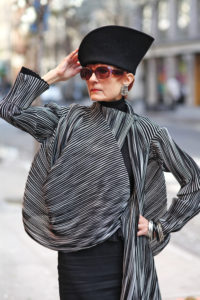
He borrowed a friend’s camera and started snapping pictures with no real idea of what he’d do with them. He just was dumbstruck that no one else seemed to be paying attention to this treasure trove of amazing women—and men, too.
“I started noticing all these incredibly dressed, creative and vital older people in the city,” Cohen says. “I started to wonder why our ‘role models’ in the media, in fashion and in general are all younger. I wondered why people like Mimi Weddell and these ladies I was meeting on the street weren’t being featured. They were experienced. They were wise. They were cultured. They were gorgeous. Why were older people so invisible?”
New York is the media capital of the world. It’s bursting at the seams with photographers, producers and wannabe starmakers. Yet, Cohen, with no photography or media experience and using a borrowed camera, quietly started taking pictures of older people—mostly women, some men.
“Once I’d collected a few hundred photos, I realized that they really had the power to change people’s perspective on aging,” he says.
So Cohen did something decidedly modern. He started uploading the photos to his blog, Advanced Style, along with short blurbs about each subject.
The blog exploded. People across the world started sharing the images. And, before he knew it, Cohen was helping to change the conversation about what aging is “supposed” to look like.
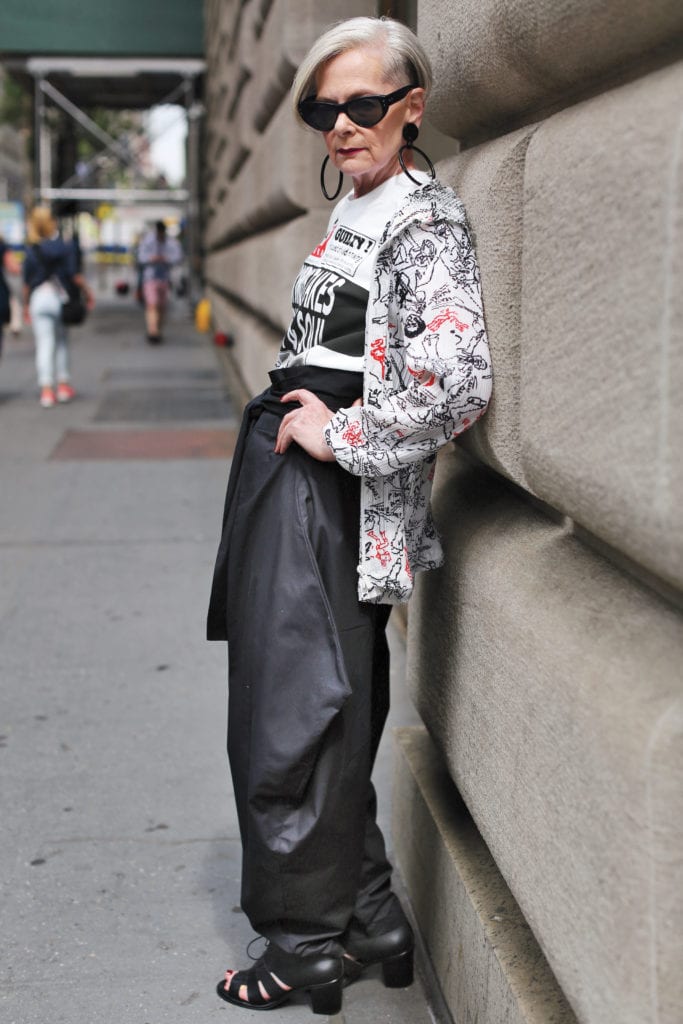
“Early on, I started to hear from young girls that they no longer feared aging,” he says. “That was one of the main reasons I kept going with this project in its early days. These girls were telling me that they couldn’t wait to be like these women, and they couldn’t wait to be old.”
Cohen found the response surprising. “The fact that these images could have so much power to influence people to not fear aging was wonderful feedback,” he continues. “Then older women started emailing me to say that they all of a sudden felt permission to start dressing up again. They no longer felt invisible.”
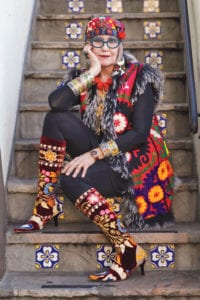
From the start, the project was very personal to Cohen. It was a way to pay tribute to two women who shaped the man he’d become.
“Growing up, both of my grandmothers were my best friends,” he recalls. “I wanted to be old because they were having so much fun. They were creative. They did what they wanted. They taught me about fashion, culture and how to be a good person.”
Consequently, Cohen says, he never thought of aging as anything negative: “I admired [my grandmothers] so much and listened to everything they said. They allowed me to question life. They allowed me to be creative. They allowed me to figure out what I wanted to do. They were just wonderful.”
A best-selling book, a coloring book and a critically acclaimed documentary, all under the Advanced Style brand, quickly followed. A couple years later came Advanced Style: Older and Wiser, which took Cohen around the world, highlighting fashionable women and men in cities like Amsterdam, Geneva and Tokyo. Now, the young man who’d started out dabbling in street photography is internationally celebrated and even embraced in the fashion industry.
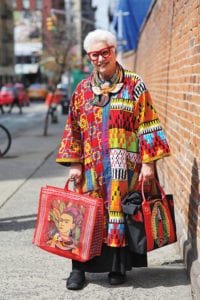
“It’s really an exciting time,” Cohen says. “Lately, more and more beauty companies have been choosing older actresses and models as the faces of campaigns.”
For example, last year, former iconic model and actress Lauren Hutton signed on to model lingerie for Calvin Klein at the age of 73. For the past several years, L’Oreal Paris has featured 73-year-old Helen Mirren in its campaigns and five years ago, designer Marc Jacobs made the then-64-year-old Jessica Lange the face of his brand. But while Cohen is pleased to see older people featured in advertising campaigns, he thinks there are larger aging-related issues to tackle.
“I think it’s wonderful that the fashion industry is starting to finally wake up to the fact that there’s this huge demographic of people who want to be reached out to, and who have the means to shop.” he says. “But that’s only one part of what needs to be done to shape our view of older people and how they’re treated.”
Cohen’s project has also given some of his subjects new lives. He travels the world giving talks to groups of older women and is often joined by Joyce Carpati, who’s 86 and proud of it.
“We encourage these women to embrace the joys of life, and to live life boldly,” Carpati says. “Afterwards, they’re just so happy and are starting to look at life differently. They’re ready to go out there, face the world and say, ‘OK, look at me. I’m here.’”
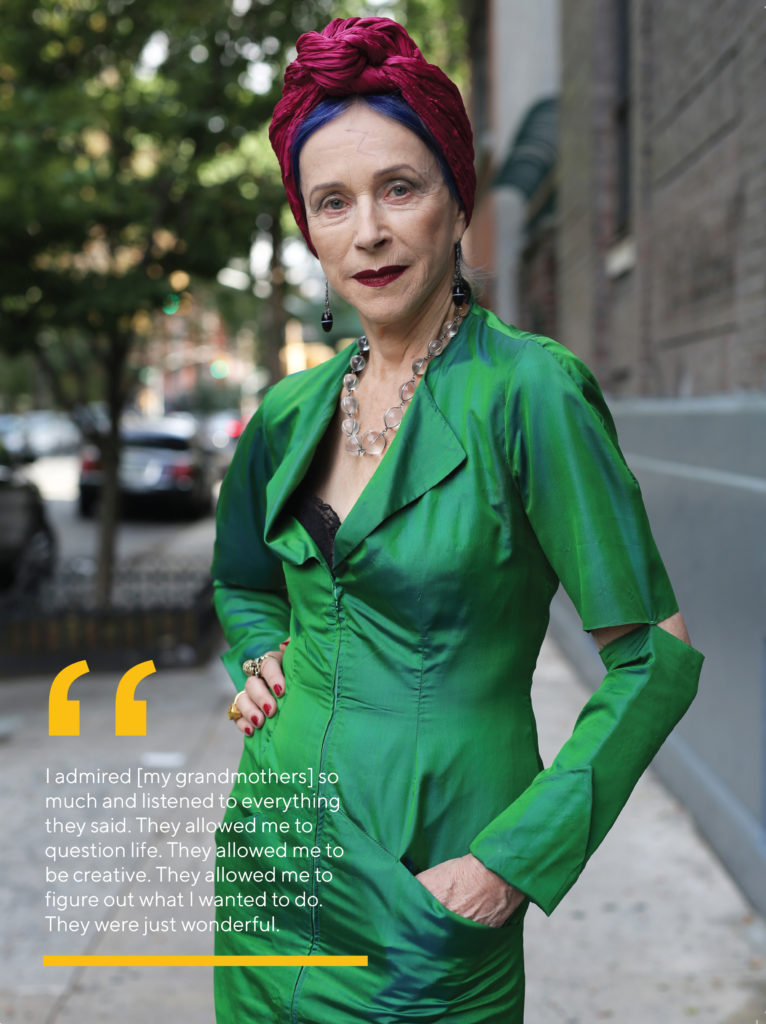
Cohen’s photos aren’t just about style; they reveal a zest for life and a flair for creativity and bold playfulness that many don’t associate with older people.
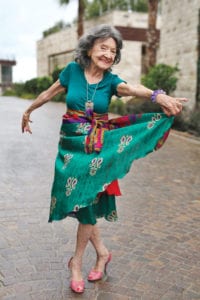
“For me, fashion was just a visual entry point into creating a conversation about aging.” he says. “The most important things to learn from these women are their stories. Dressing up is just a sign of their vitality. When you look at my photos, I really think you see their true essence shining through,” he notes. “You see their spirit, their confidence, their energy and passion for life. Whatever it is they’ve done their whole lives, they’re continuing to do. I’m showing that just because you turn 80, 90 or 100 doesn’t mean that you lose your will to create and to be the person you’ve always been.”
“You just need those opportunities to continue, and you need a community around you that supports you, no matter what age you are.”

